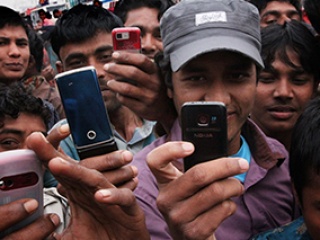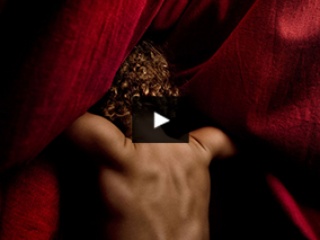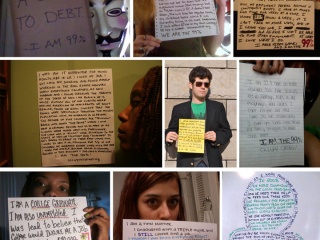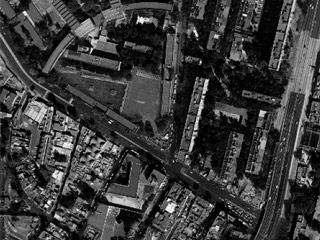ZoneZero 3.0 and Photographic Convergence
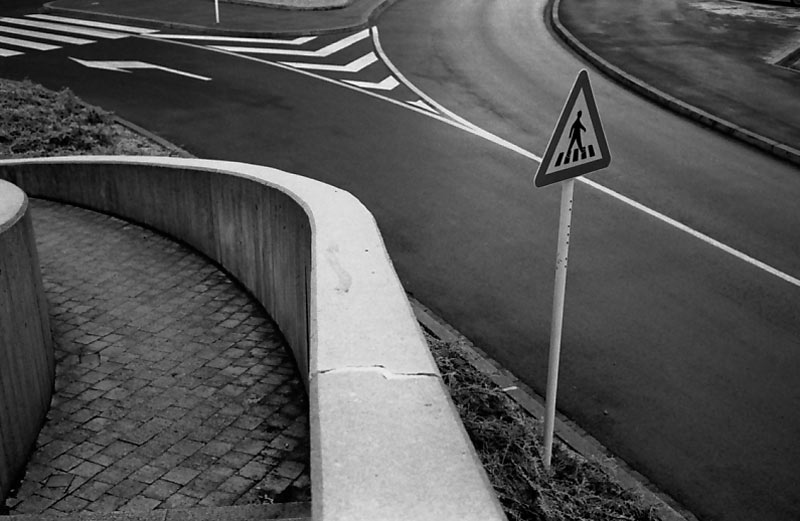
Photo: Pedro Meyer, 1985
ZoneZero is, and has always been, a space for dialogue, with photography as a starting point and a subject. Today more than ever, the image has become the raw material of conversations worldwide, beyond any geographical, cultural, ideological or language barriers. Technological progress has enabled anyone with a photographic device to become a potential photographer. Thanks to the incredible abundance of images and the ease with which they can be exchanged, photographic projects can be produced without ever having touched a camera. In this context, the first task of our publishing team is to ask ourselves again, as many others have done, from which point should one speak from and about photography? Moreover, more urgently, what role can and should a space like ZoneZero have?
Half the answer comes from a fait accompli: The first version of ZoneZero fulfilled its role of accompanying photography’s transition “from analogue to digital.” These events not only confirmed its hypothesis but also exceeded all expectations in terms of the speed and scope of this transformation. Since the ZoneZero project was incorporated into the wider context of the Pedro Meyer Foundation in 2009, the decision was made to recognize this in its second version, and a growing trend was observed in the consumption of images “from the light screen.” However, within a few years, reality reasserted itself and it became clear that this was only one element in a new revolution in the photographic sphere. ZoneZero’s role as a privileged witness and promoter of the crossroads between photography and technology lost relevance in the face of unprecedented and rapid change. Indeed, five years ago no-one could have predicted the profound impact of the rise of mobile devices.
Today, ZoneZero is being reinvented in a third version, with a new role, modus operandi and opportunities. As part of the Fundación Pedro Meyer, we are committed to education, which we perceive as the collective development of knowledge with a practical application. In the current context, our role must be to encourage ongoing reflection on the evolution of photography. Our scope must be that of an inclusive but structured conversation. Faced with an avalanche of similar images, we seek to present our selections in context and provide a greater understanding of the processes that trigger new creative possibilities or have a greater social impact. In line with the medium and experience with which we begin, we aspire to have a worldwide reach and cultivate as wide networks as possible. To achieve this, we will explore various formats for distributing content and invite persons to collaborate in the dissemination or production of material that contributes to cultural exchange. Our publication aims to demonstrate coherence with these ideas in each piece presented.
Lastly, the other half of our response to these questions is more complex. Our initial reflections led us to conclude that the concept of expanded photography encapsulated many of the phenomena we thought deserved attention. The idea that the photographic has exceeded its own medium is encouraging for those who work in the field…but that is only half of the story. Cinema, theater, literature, social networks and many other media have also spread beyond their boundaries, moving towards photography. In reality, under a more reflexive analysis, it is not one media in particular that is expanding, but a process of convergence driven by technology that increasingly dilutes borders. What we could call photographic convergence is only a broader encounter towards which all persons working with the media are advancing. Though this meeting, in which all media, geographies, uses and social practices come together, we can carry out the thousands of tasks made possible by the future of visual culture. There is much to be done and a great deal to be learnt. We invite you to begin this with us.
Half the answer comes from a fait accompli: The first version of ZoneZero fulfilled its role of accompanying photography’s transition “from analogue to digital.” These events not only confirmed its hypothesis but also exceeded all expectations in terms of the speed and scope of this transformation. Since the ZoneZero project was incorporated into the wider context of the Pedro Meyer Foundation in 2009, the decision was made to recognize this in its second version, and a growing trend was observed in the consumption of images “from the light screen.” However, within a few years, reality reasserted itself and it became clear that this was only one element in a new revolution in the photographic sphere. ZoneZero’s role as a privileged witness and promoter of the crossroads between photography and technology lost relevance in the face of unprecedented and rapid change. Indeed, five years ago no-one could have predicted the profound impact of the rise of mobile devices.
Today, ZoneZero is being reinvented in a third version, with a new role, modus operandi and opportunities. As part of the Fundación Pedro Meyer, we are committed to education, which we perceive as the collective development of knowledge with a practical application. In the current context, our role must be to encourage ongoing reflection on the evolution of photography. Our scope must be that of an inclusive but structured conversation. Faced with an avalanche of similar images, we seek to present our selections in context and provide a greater understanding of the processes that trigger new creative possibilities or have a greater social impact. In line with the medium and experience with which we begin, we aspire to have a worldwide reach and cultivate as wide networks as possible. To achieve this, we will explore various formats for distributing content and invite persons to collaborate in the dissemination or production of material that contributes to cultural exchange. Our publication aims to demonstrate coherence with these ideas in each piece presented.
Lastly, the other half of our response to these questions is more complex. Our initial reflections led us to conclude that the concept of expanded photography encapsulated many of the phenomena we thought deserved attention. The idea that the photographic has exceeded its own medium is encouraging for those who work in the field…but that is only half of the story. Cinema, theater, literature, social networks and many other media have also spread beyond their boundaries, moving towards photography. In reality, under a more reflexive analysis, it is not one media in particular that is expanding, but a process of convergence driven by technology that increasingly dilutes borders. What we could call photographic convergence is only a broader encounter towards which all persons working with the media are advancing. Though this meeting, in which all media, geographies, uses and social practices come together, we can carry out the thousands of tasks made possible by the future of visual culture. There is much to be done and a great deal to be learnt. We invite you to begin this with us.
 Alejandro Malo (Mexico, 1972). Lives and works in Mexico and is the director of ZoneZero. Since 1993, he has taken part in various cultural projects and worked as an information technology consultant. He has collaborated in print and electronic publications, and given workshops and conferences on literature, creative writing, storytelling and technology. In 2009, Malo joined the team of the Fundación Pedro Meyer, where he directs the Archives and Technology departments.
Alejandro Malo (Mexico, 1972). Lives and works in Mexico and is the director of ZoneZero. Since 1993, he has taken part in various cultural projects and worked as an information technology consultant. He has collaborated in print and electronic publications, and given workshops and conferences on literature, creative writing, storytelling and technology. In 2009, Malo joined the team of the Fundación Pedro Meyer, where he directs the Archives and Technology departments.

